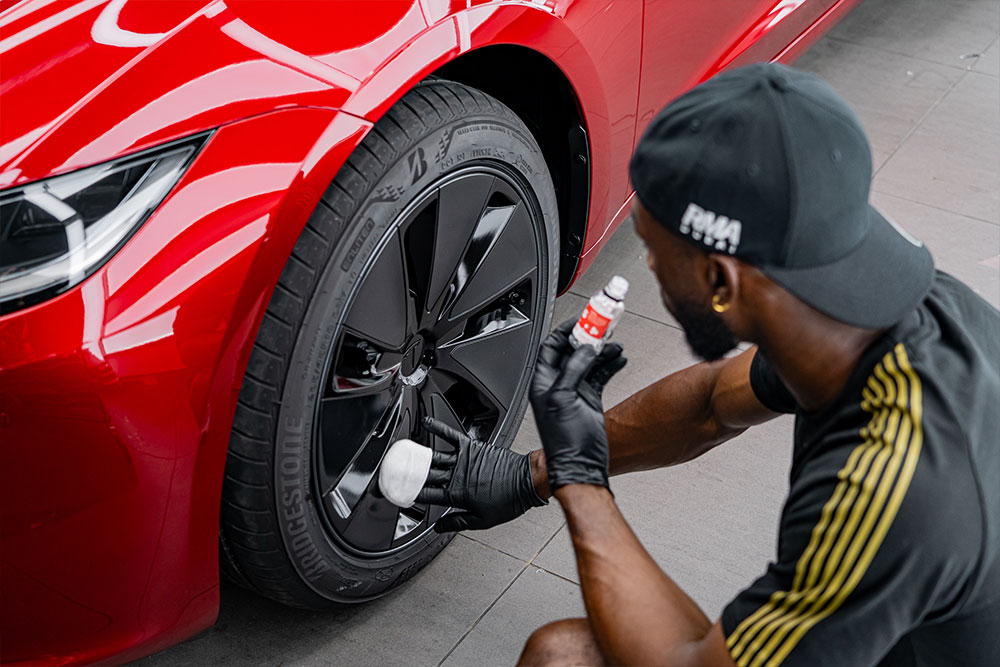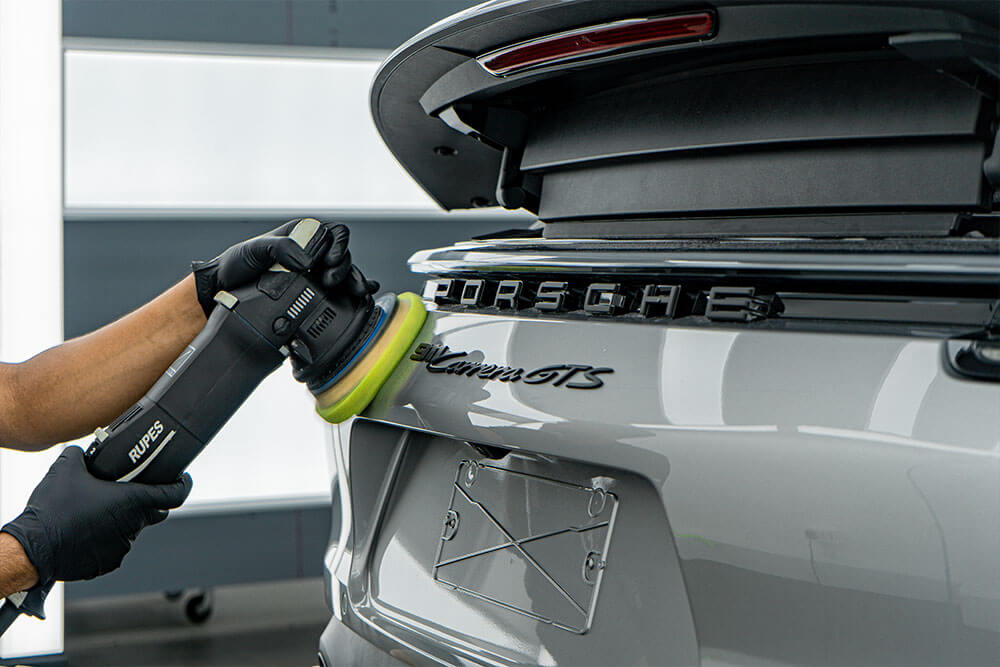
Car detailing is an intricate process that involves thoroughly cleaning, restoring, and protecting every part of a vehicle. While the end result is often rewarding, several challenges can make this task more difficult. Whether you’re a car owner or a professional detailer, understanding these challenges can help you prepare for a smoother detailing experience.
Environmental Conditions
In places like Dubai, where heat, dust, and UV rays are intense, environmental factors pose significant challenges. Sand and dust accumulate quickly, often causing scratches if not removed properly. The heat can also cause wax to degrade faster, and the sun’s rays can fade your car’s paint and interior.
To combat these issues, it’s important to use UV protectants and high-quality wax that can withstand the harsh conditions. Regular cleaning and avoiding direct sunlight when possible can also help preserve the vehicle’s appearance.
Time-Consuming Nature
Car detailing is a time-intensive job. From washing and waxing the exterior to cleaning and conditioning the interior, it often takes several hours or even a full day to complete. The process requires precision and patience, especially when trying to achieve a flawless finish.
To manage this, consider breaking the detailing tasks into smaller steps or focusing on the most crucial areas first. Alternatively, professional detailing services are available for those who may not have the time to detail their car thoroughly on their own.
Scratches and Swirl Marks
One of the most common challenges in car detailing is removing scratches and swirl marks from the paintwork. These imperfections can occur if improper techniques or tools are used, such as rough towels or low-quality sponges.
Using microfiber towels and employing the two-bucket wash method can minimize the risk of scratches. Additionally, polishing products with the right abrasiveness can help restore the paintwork to its original luster.
Interior Cleaning
The interior of a car often faces more wear and tear than the exterior. Stains, food crumbs, dirt, and odors can build up quickly, especially in hot climates. Fabric seats and carpets are particularly prone to absorbing dirt and stains, making it more difficult to maintain a fresh appearance.
The best way to handle this is to vacuum regularly and use upholstery-specific cleaners for deep cleaning. For leather interiors, regular conditioning is necessary to prevent cracks and dryness. Steam cleaning can also be an effective way to remove stubborn stains from fabric surfaces.
Hard-to-Reach Areas
Some parts of the car, like the engine bay, wheel wells, and between seats, are difficult to access. These areas often accumulate grime and dust, which, if ignored, can lead to long-term damage.
Detailers often use specialized brushes, compressed air, and small vacuum attachments to clean these areas effectively. Ensuring every corner is addressed is key to a comprehensive detailing job.
Choosing the Right Products
Different surfaces in a car require different care. Using the wrong product can lead to unwanted results, like damaging the upholstery or leaving streaks on the windows. For example, leather cleaner and fabric cleaner are not interchangeable.
Car owners should use products that are specifically designed for each surface. Regularly conditioning leather and using proper cleaning agents for upholstery can ensure that materials remain in good condition.
Seasonal Changes
In regions like Dubai, the changing seasons can affect the car’s detailing needs. During the summer, sun damage, dust, and heat can take a toll. In the winter, water stains and debris from rain can cause additional issues.
Adjusting your detailing routine based on the season can help you address specific concerns. In the summer, focus on protecting the exterior and waxing regularly, while in the winter, cleaning the interior and removing water stains should be a priority.
Conclusion
Car detailing presents several challenges, from environmental factors to time constraints and hard-to-reach areas. However, with the right tools, products, and knowledge, these challenges can be managed effectively. Regular detailing not only keeps your car looking great but also helps preserve its value in the long run. By adopting the right techniques and products, you can maintain your vehicle’s appearance and functionality for years to come.


